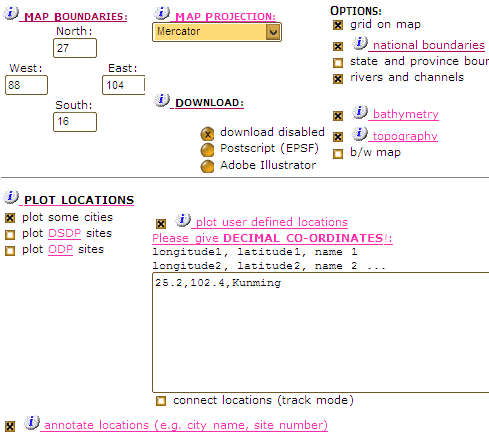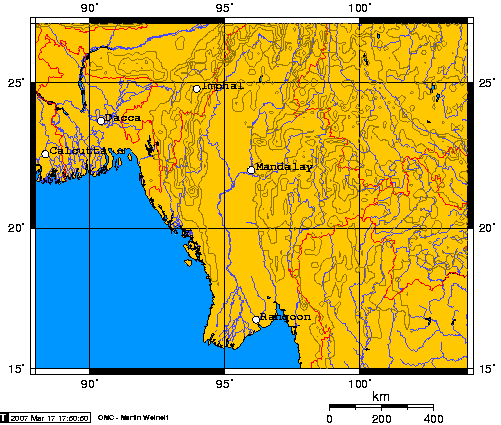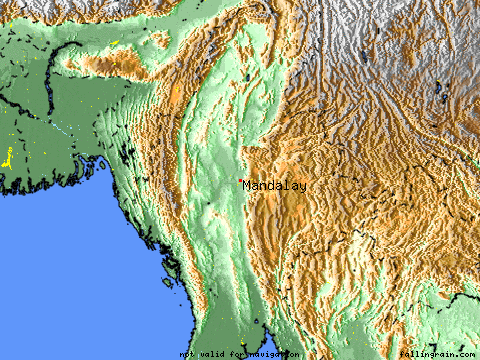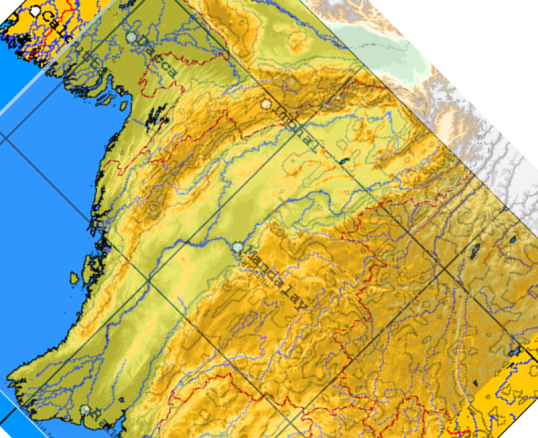Problem with OMC
I can't get Kunming to show on the map! I've tried +/- spaces after the commas. Any ideas?
I've tried +/- spaces after the commas. Any ideas?

I can't get Kunming to show on the map!
 I've tried +/- spaces after the commas. Any ideas?
I've tried +/- spaces after the commas. Any ideas?
 I've tried +/- spaces after the commas. Any ideas?
I've tried +/- spaces after the commas. Any ideas?







 Looks like I'll need to put it back to the conventional orientation. Thanks Case.
Looks like I'll need to put it back to the conventional orientation. Thanks Case.

 My current record for scenario building is 1.7 days of designing per historical day.
My current record for scenario building is 1.7 days of designing per historical day.  For this campaign, that may be a while.
For this campaign, that may be a while. 


Comment